Description
A gem of a screen for a wet-hulled coffee. Kerinci Sumatra’s are much cleaner and less earthy than most Gr. 1 traditional Sumatra. Still fuller bodied and darker toned, they will give much cleaner (less earthy, peaty, muddy) chocolaty undertones, hints of acidity and soft fruit and medium roast levels. Given that coffee is not about looks, this cup also has a taste to follow, inner and outer beauty one would say. Normally the wet-hulled Sumatra beans are the ugly duckling of the coffee world.
The aggregate production method along with the classic Indonesian wet hulling process often leaves the beans split. Due to the beans being kept moist for longer, the color of the end product makes it much harder to mechanically sort out defects. So if you’re used to ugly duckling Sumatra’s, just looking at these beans will let you know the quality and time that went into this offering.
Wet hulled coffee is known for its lower acidity, bigger body cups with a complex and spicy earthy chocolaty factor that has become the terroir of Indonesian coffee.
Tasting Notes: A very cool cup! Best medium to dark roasted but will hold lighter roasts much better than most Sumatra coffees. Lighter roasts have a little cool lemony acidity upfront, with some soft fruit tones giving it some jazz, balanced with a dry earthy chocolaty herbal factor with some incense like spice. As you push into the medium roasts, it will get fuller bodied with a creamy mouthfeel cutting out the more lemony floral tones, turns the cup much more chocolaty and gives depth to the exotic spice notes. Darker roasts will turn more stout like and semi-sweet. When roasting into 2nd crack one will add some cool roasty and smoky tones into the more bakers chocolaty cup profile.
Roasting Notes: Easy to roast for a Sumatra coffee being such a gem. Roasts much more uniform than most other wet-hulled coffee. Low in chaff and tasty from light to dark. Light roasts for those who enjoy more acidity in the cup, for everyone else, a nice medium to dark roast will let these beans shine.
With Indonesian coffees, half the battle is overcoming logistical challenges like rugged roads and unpredictable torrents of rain. Working with cooperatives that collaborate with farmers is a critical step to overcome these challenges and ensures that coffee safely makes it to the international market. This particular lot comes from a longstanding relationship with a cooperative called Kopi Alam Kerinci (ALKO), which now has 516 members who cultivate on small family owned plots of land located around Mount Kerinci, the highest volcano in Indonesia. The cooperative works closely with producers to decrease forest encroachment. Their farm management practices create a protective buffer for the Kerinci Seblat national park, which encircles the entire Kerinci valley with unparalleled natural beauty and habitat for the Sumatran Tiger. The cooperative also has a program that exchanges roasted coffee for trash collected by hikers who visit the Kerinci Seblat national park.
During the harvest, producers deliver their cherries to the cooperative’s central mill where they are carefully sorted before depulping and overnight fermenting. Then the coffee is washed and laid out on patios to shed the excess water from the parchment covered beans. Next the coffee takes a detour from the conventional path of processing in other origins, wherein, the coffee parchment is removed while the coffee still has a high moisture content. This wet-hulling process, called Giling Basah in the Indonesian language, leaves the coffee bean exposed while drying on patios to a moisture percentage acceptable for export. This Indonesian processing method gives the bean its unique bluish color and the hallmark Indonesian profile.
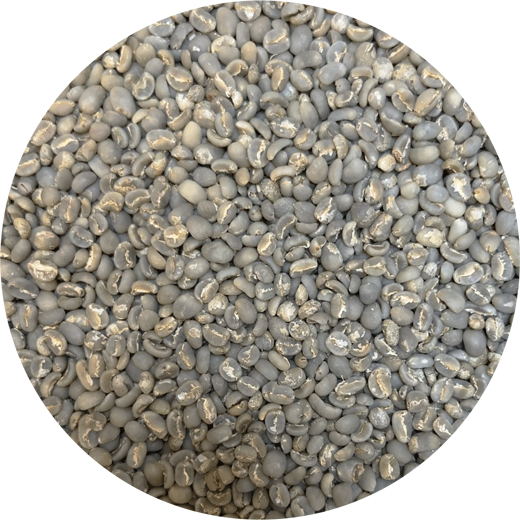
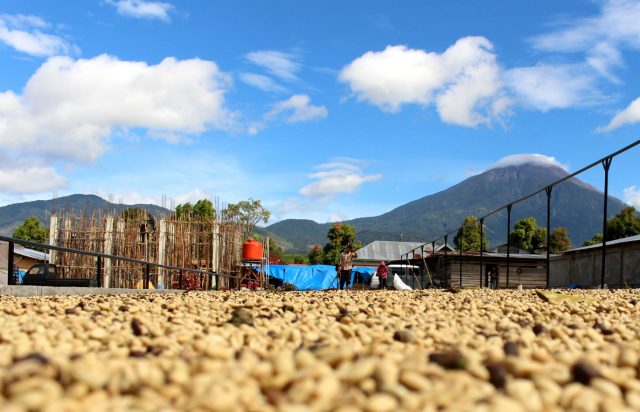
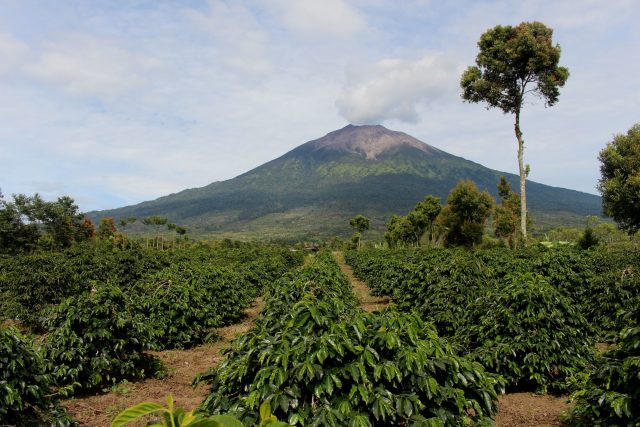
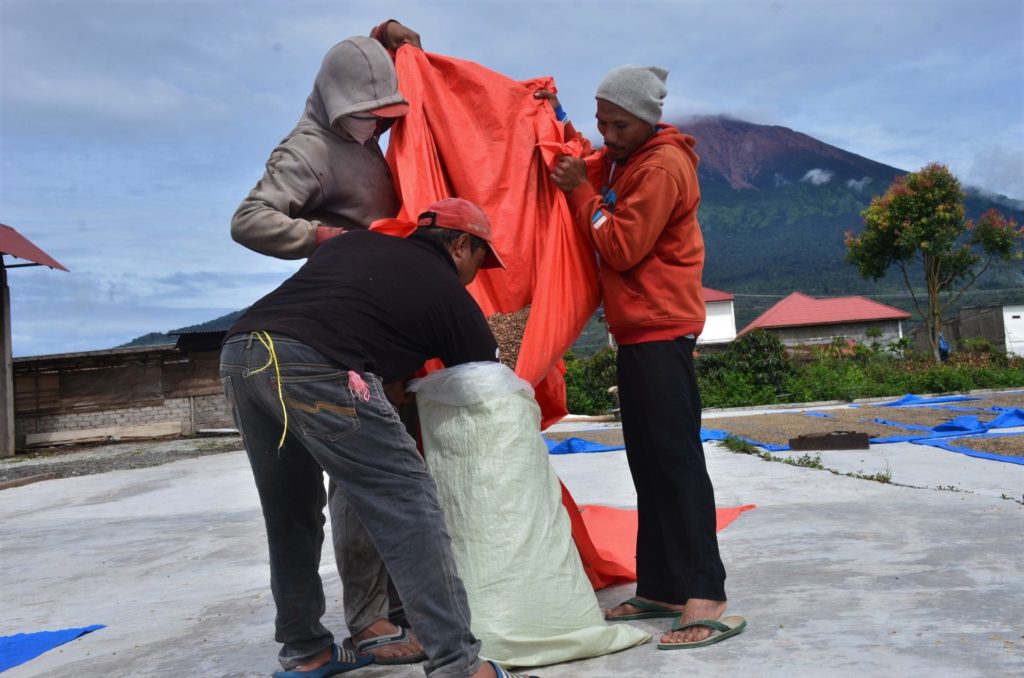
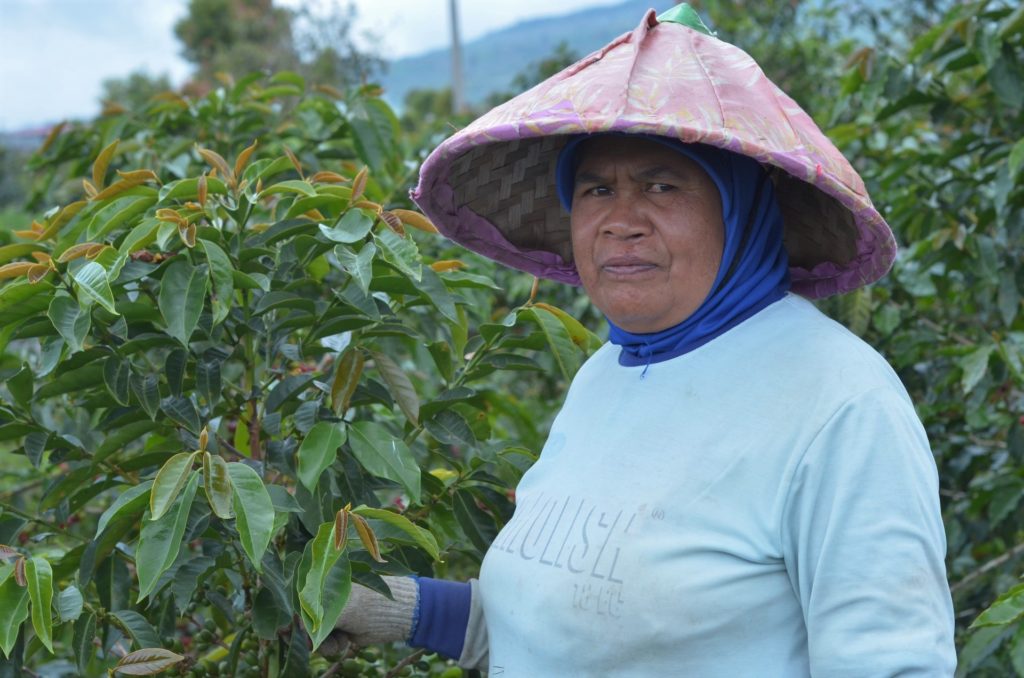
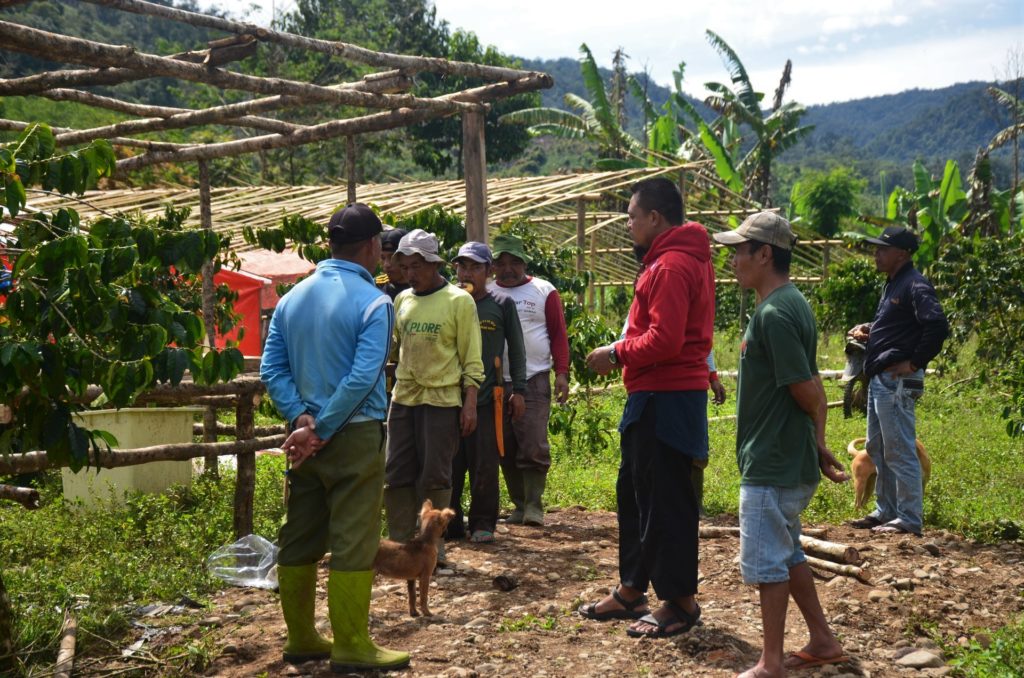
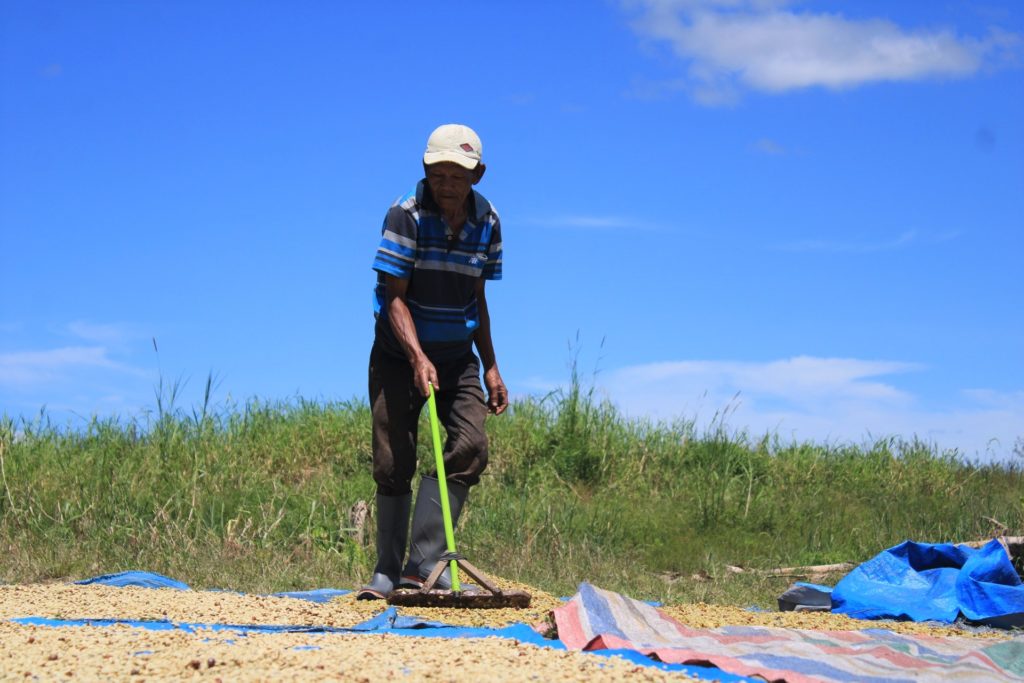
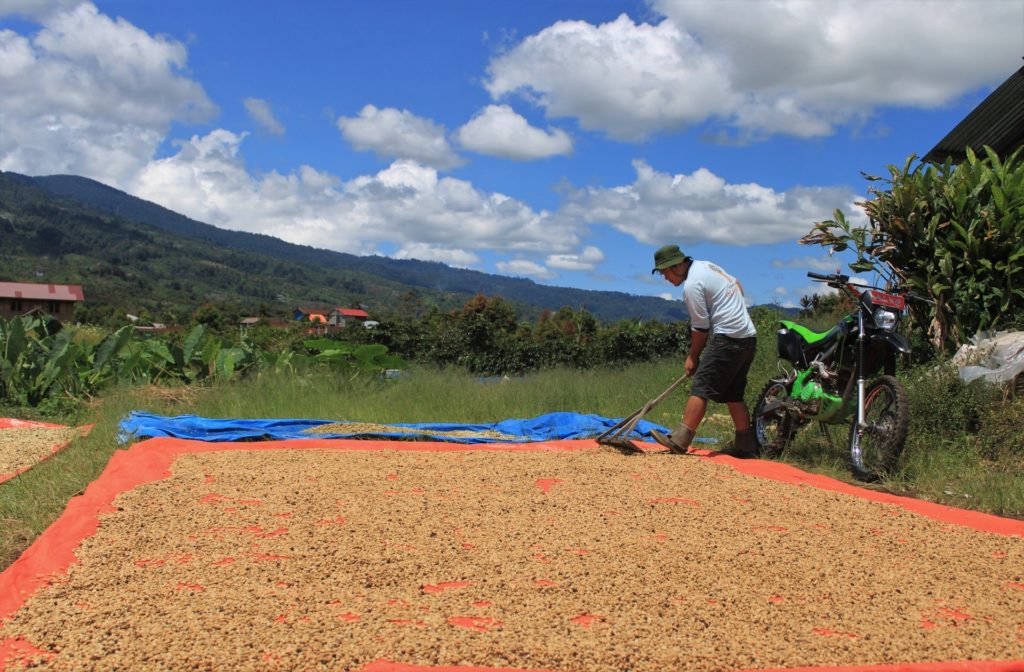
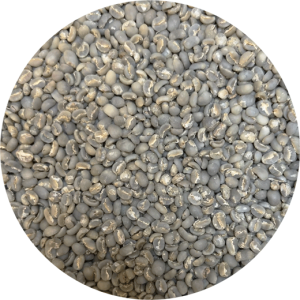
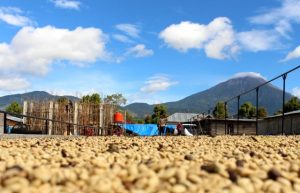
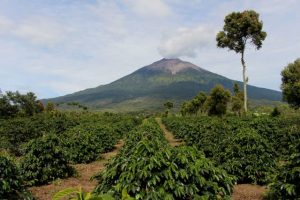
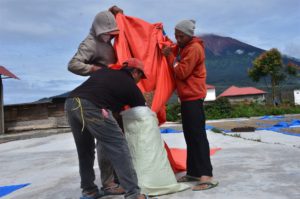
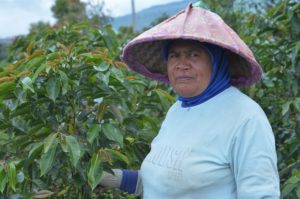
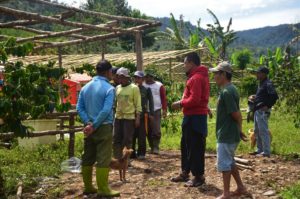
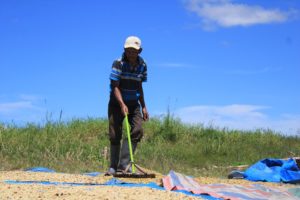
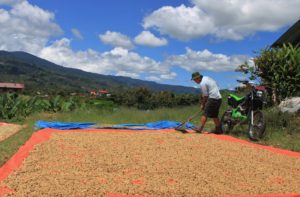
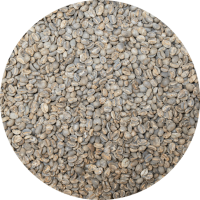
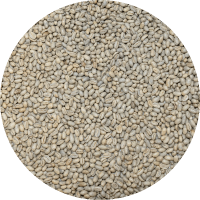
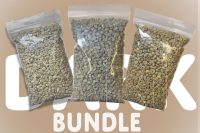
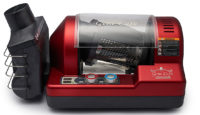

greg (verified owner) –
dw will only drink sumatras in the am..
I roast dark just into rolling 2nd crack on an SR800 With a razzo roaster 12″ tube and razzo chaff extension…its her favorite over the Bataks, Mandehlings or lintongs Ive roasted.